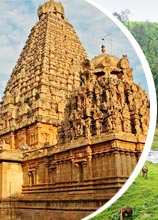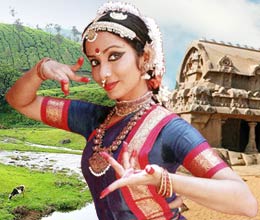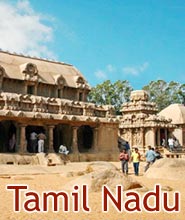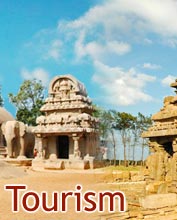 Tanjore
paintings have a special place in the book of arts. Tanjore paintings
will go down in the books of history as one of the most revolutionary
and retro art form. Tanjore painting is an important form of classical
as well as indigenous South Indian painting that is native to the town
of Tanjore in Tamilnadu. This painting is known as Tanjore Oviyam in the
city of Tanjore.
Tanjore
paintings have a special place in the book of arts. Tanjore paintings
will go down in the books of history as one of the most revolutionary
and retro art form. Tanjore painting is an important form of classical
as well as indigenous South Indian painting that is native to the town
of Tanjore in Tamilnadu. This painting is known as Tanjore Oviyam in the
city of Tanjore. The history of these paintings is no less illustrious than the painting itself. The history of Tanjore paintings dates back to the early 9th Century. The mighty Chola rulers, who encouraged art and literature as well, dominated the era when this painting style was in its nascent stage. These paintings are known for their elegance, rich colors, and attention to detail. The themes for most of these paintings are Hindu deities and the scenes from Hindu mythology. These paintings have become immensely popular in contemporary times and are much sought after souvenir during festive occasions.
These marvelous paintings of Tanjore have a lot of efforts put in them. The process of its production is immensely complex. The process of making a Tanjore painting involves many stages. Typical of any art form, the first stage comprises making of the preliminary sketch of the image on the base. These sketches are drawn on a cloth pasted over a wooden base. Most of the time these sketches are drawn with charcoal or light pencils. The next step involves the application of zinc oxide that is mixed with adhesive, on the base. Then comes the real drawing. When the drawing is complete, it is kept in sun for days. After it gets dried, decoration of the jewelry and the apparels in the image is done with semi-precious stones, laces and threads, which are then pasted with gold foils. This is followed by the addition of colors in the painting, usually with non-synthetic dyes.










